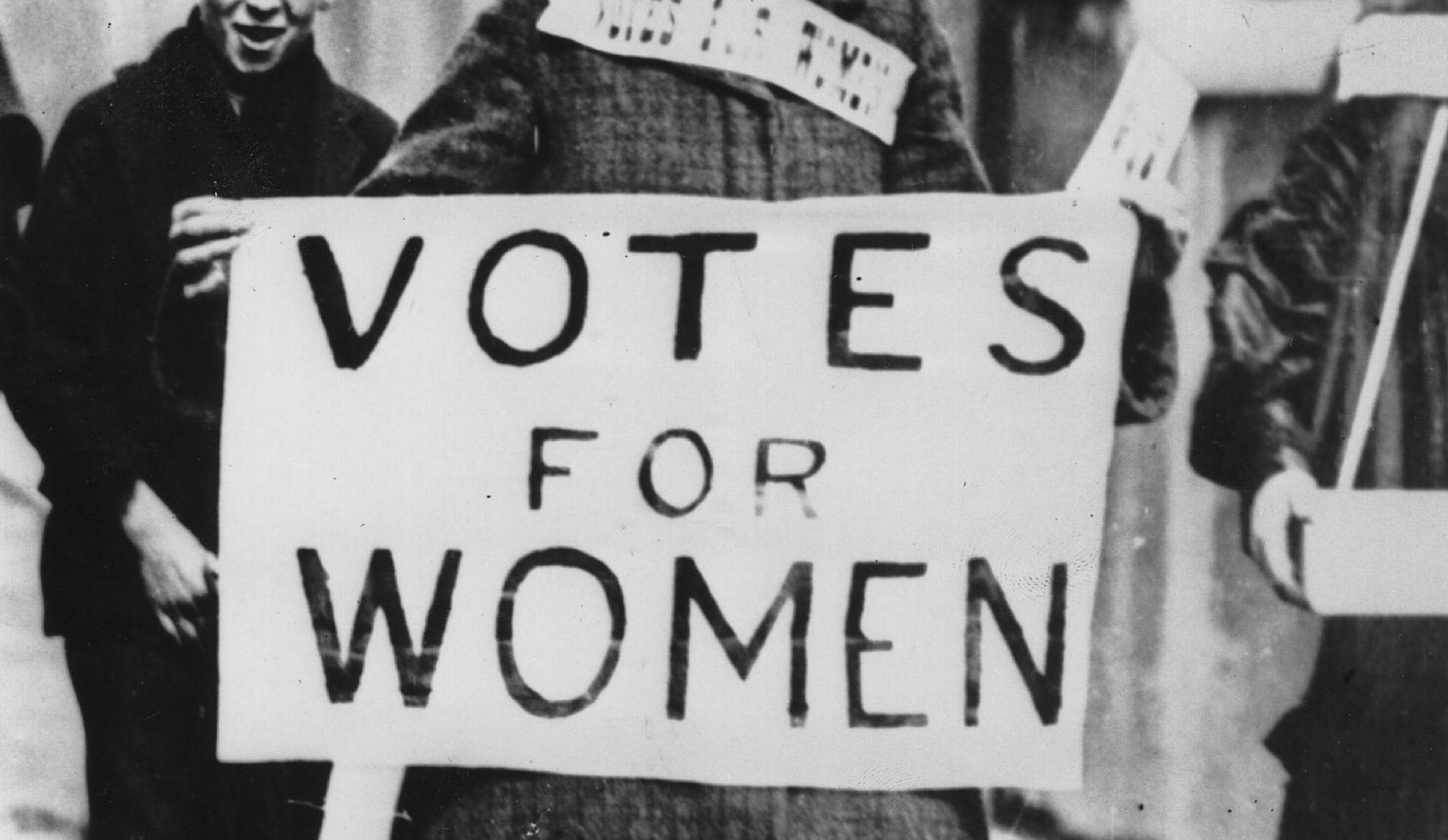1866: Reform Act of 1866. Gave the vote to many working men.
1867: John Stuart Mill attempted to add an amendment to the Reform Act which would include women as householders if they were married to a male house owner.
1882: Married Woman’s Property Act-Allowed married women to own their own property, independent of their husbands.
1894: The Local Government Act is passed; allows women (both married and single) to vote in county elections.
1902: A petition from women textile workers is presented to parliament with 37,000 signatures demanding that women be allowed a vote.
October 10, 1903: The Women’s Social and Political Union is formed.
1904: The Women’s Enfranchisement Bill was approved by the National Council (originally written by Dr. Pankhurst-Emmeline Pankhurt’s husband).
1905: The WSPU adopts the motto “Deeds not words,” resulting in this organization officially becoming militant.
1907: The Women’s Enfranchisement Bill is brought to Parliament but is refused.
1907: In response to the Women’s Enfranchisement Bill being denied, dozens of suffragettes are arrested attempting to enter the House of Parliament.
1907: The Qualification of Women Act is passed, which allowed women to be elected onto county councils and as mayor (but still do not have the right to vote).
1908: Women’s Sunday- a demonstration at Hyde Park in London. 250,000 attend, which is the largest political rally ever held in London. When the Prime Minister ignores this demonstration, the WSPU began smashing windows with rocks that had written pleas attached.
1909: Marion Wallace Dunlop utilizes a hunger strike in prison, making her the first suffragette to do so.
1910: Black Friday. On the day of a general election, the Liberal Party wanted to deter suffragettes from nearing the House of Parliament but not have them arrested (in the fear that this would harm their results). Police were instructed to push around the women and harm them in the hopes that this would result in them being too fearful to continue. After questioning of outsiders of why they were being assaulted but not arrested, the police were forced to begin making arrests (five hours after the initial start). Over 100 people were arrested that day and charged.
1911: The Prime Minister announced a manhood suffrage bill. The WSPU responds by smashing windows throughout London. This militancy continued for the next year and began involving arson.
1913: The ‘Cat and Mouse’ Act is introduced as a response to the hunger-striking suffragettes. This allows them to be temporarily released to recover and then can be arrested again.
1913: Emily Wilding Davison is killed after running onto the Epsom Derby in an attempt to stop the King’s horse, in a display for women’s rights.
1914: The start of World War I. The WSPU agreed to pause their militant agenda and join the work force to supplement the men who were drafted into the war.
1918: Representation of the People Act 1918. This allows women over the age of 30 and all men over the age of 21 to vote. There are still restrictions for women; who either have to be married or a member of the Local Government Register.
1918: The Parliamentary Qualification of Women Act passed, allowing women to be a member of Parliament.
1928: The Equal Franchise Vote of 1928 allowed all women over the age of 21 to be able to vote. This meant they finally had the same voting rights as men.
1929: All women over the age of 21 are permitted to vote in their first general election.
